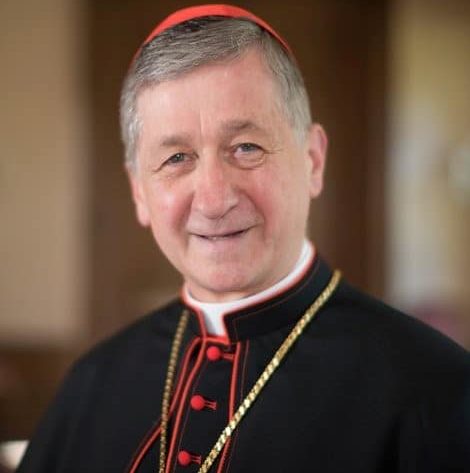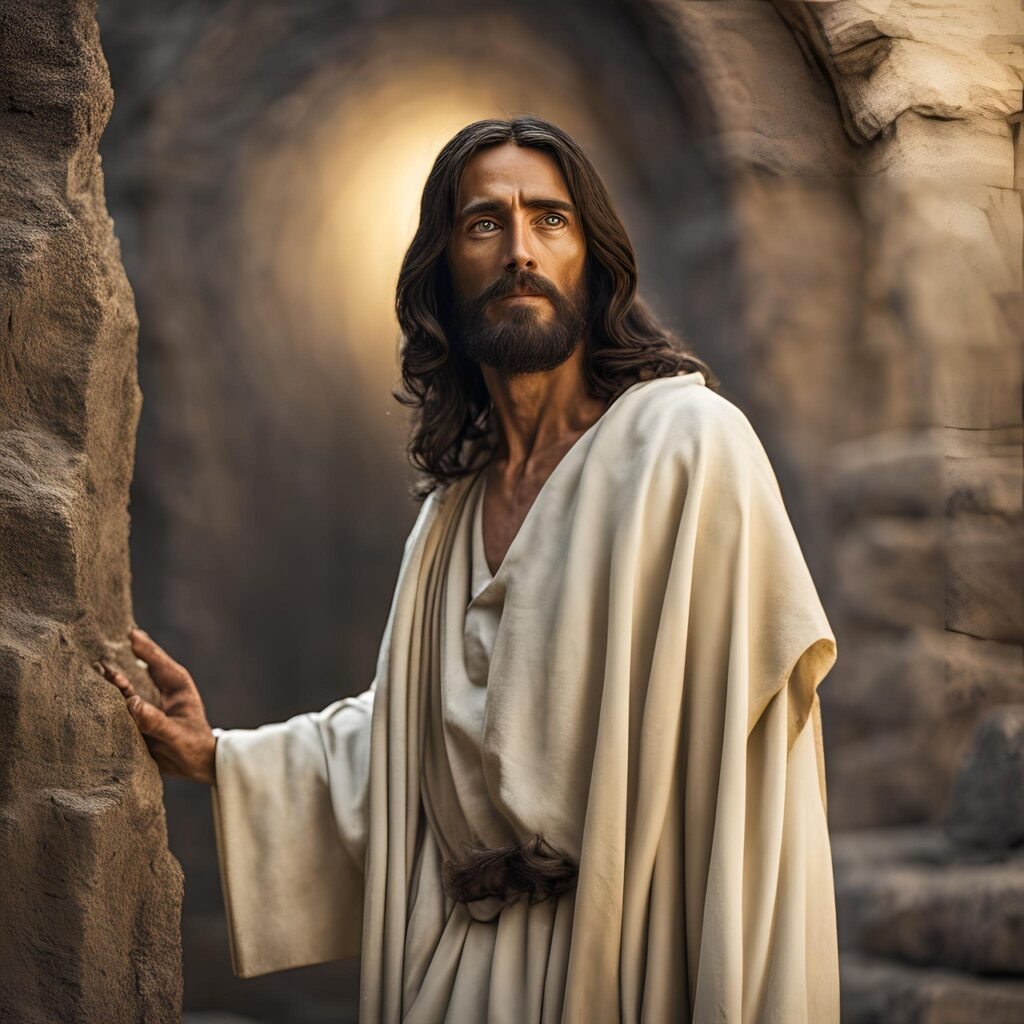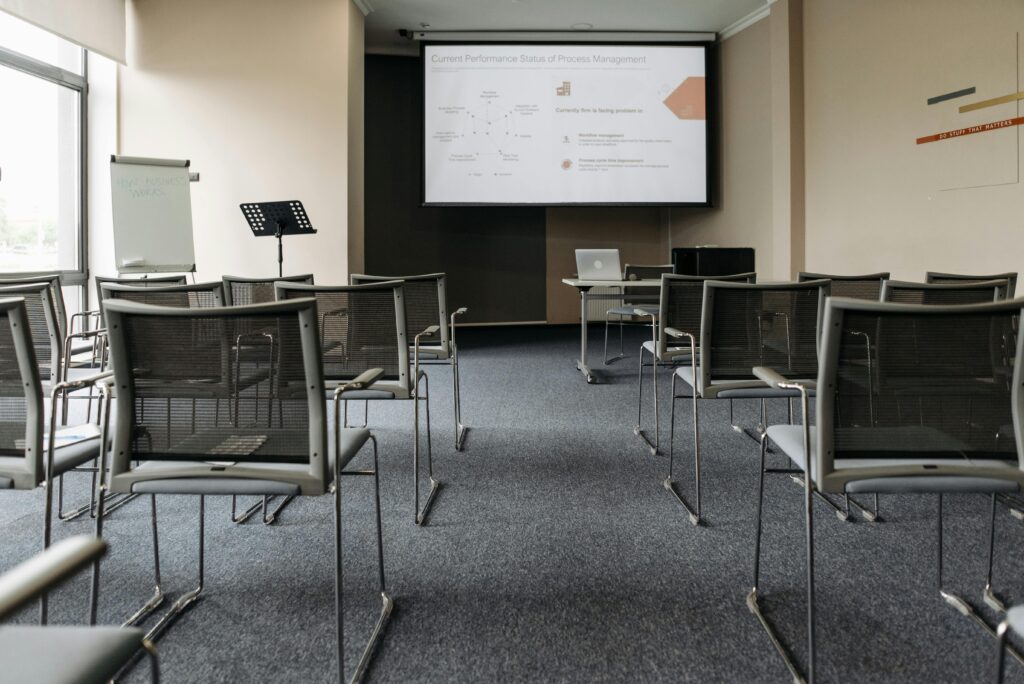Chicago Cardinal Reflects on Liturgy
The Gift of Traditionis Custodes

Cardinal Blase J. Cupich, archbishop of Chicago, offered the following reflection on the Holy Father’s motu proprio, Traditionis custodes (TC). Reprinted with permission from Pray Tell blog and Cardinal Cupich.
The Gift of Traditionis Custodes
During a recent meeting with our priests in Chicago, I was asked about the motu proprio, Traditionis custodes (TC), recently issued by Pope Francis. They were curious about how the archdiocese would respond to it and what insights this document can offer all of us about the liturgy.
I think it is important to point out from the outset that a careful reading of the motu proprio reveals the Holy Father’s intention in issuing this document. Simply put, it is to re-establish throughout the Church of the Roman Rite a single and identical prayer that expresses its unity, according to the liturgical books promulgated by the saintly Popes Paul VI and John Paul II, in conformity with the decrees of the Second Vatican Council. In other words, there are not two forms of the Roman Rite, because the word “reform” means something, namely that we leave behind a former way of celebrating the sacraments and adopt a new form.
To put that word “reform” in perspective, just recall some of the other reforms following the Second Vatican Council, which we have witnessed in our days. In 1983, Pope John Paul II reformed the Code of Canon Law of 1917, in order to insure that Church Law conformed to the teachings of the Second Vatican Council. Likewise, the saintly pope in 1993 reformed the Catechism of the Catholic Church, again for the purpose of bringing it up-to-date in view of the theological insights of the Council. The way we worship was also reformed in view of the new self-understanding of the Church found in the dogmatic constitution Lumen Gentium and the theological and liturgical developments expressed in the Constitution on the Liturgy, Sacrosanctum Concilium. With the reforms of the Code and the Catechism, the Church left behind their earlier forms. No one would think of arguing that the earlier forms of the Code or the Catechism could still be used, simply because the word reform means something. And so, it has to mean something with regard to the liturgical reform.
With that starting point, Pope Francis offers three important guiding principles for receiving and implementing TC. The first is the unity of the Church. Archbishop Augustine DiNoia, Secretary of the Congregation for the Doctrine of the Faith made the observation in an interview with Cindy Wooden of Catholic News Service that “when St. John Paul and Pope Benedict expanded the possibility of using the pre-Vatican II Mass, they were hoping to promote unity in the church and to counter abuses that were widespread in the celebration of the post-Vatican II Mass.” This aspiration in granting the concession to use the earlier form of the liturgy was to heal the rift with members of the Society of St. Pius X, established by the late Archbishop Marcel Lefebvre. Sadly, however, that was not achieved. Instead the archbishop observed, “what we have got now is a movement within the church herself, seemingly endorsed by her leaders, that sows division by undermining the reforms of the Second Vatican Council through the rejection of the most important of them: the reform of the Roman Rite.”
A second guiding principle the pope addresses in TC is that there has to be a solid unequivocal recognition on the part of all Catholics that the Second Vatican Council and its reforms are not only an authentic action of the Holy Spirit but also are in continuity with the Tradition of the Church. In particular, this recognition means the full acceptance that “the liturgical books promulgated by Saint Paul VI and Saint John Paul II, in conformity with the decrees of Vatican Council II, are the unique expression of the lex orandi of the Roman Rite.” [1]
A third principle is the role of the bishop as the sole moderator, promoter and guardian of all liturgical life in his diocese. Pope Francis, by issuing TC, has returned competency to the local bishop for the regulation of the use as an exceptional concession of the former liturgy. Consequently, each bishop is to decide if and when it may be opportune to grant by way of exception the use of rituals prior to the liturgical reforms of the Second Vatican Council liturgy (Missale Romanum of 1962 and Rituale Romanum of 1952). In his letter to bishops around the world to accompany the text of TC Pope Francis makes clear that the local bishop is duty bound to take his decision in a way that promotes in his diocese a return to a unitary celebratory form.
Pastorally fulfilling the aims of TC will require that we as pastors accompany people in coming to an understanding of the link between the way we worship and what we believe,[2] keeping in mind the Holy Father’s desire that pastors are to lead the faithful to the sole use of the reformed liturgical books. Accompaniment may take the form of visiting with the faithful who have regularly attended Mass and celebrated sacraments with the earlier rituals to help them understand the essential principles of renewal called for in the Second Vatican Council. It must also involve helping people appreciate how the reformed Mass introduces them to a greater use of scripture and prayers from the Roman tradition, as well as an updated liturgical calendar of feasts that includes recently canonized saints. Accompaniment may also mean creatively including in the Mass reformed by the Council elements which people have found nourishing in celebrating the earlier form of the Mass, which has already been an option, e.g., reverent movement and gestures, use of Gregorian chant, Latin and incense, and extended periods of silence within the liturgy.
I believe that we can use this opportunity to help all of our people come to a fuller understanding of the great gift that the Council has given us in reforming the way we worship. I take seriously my obligation to move forward in a way that promotes a return to a unitary celebratory form in accord with the directives of TC, but in the meantime, we all need to pray, as Jesus did the night before he died, that all may be one.
Cardinal Blase Cupich is the archbishop of the Archdiocese of Chicago, Illinois.
____________________
[1] Traditionis Custodes, art. 1.
[2] See Prosper of Aquitaine, Patrologia Latina, 51, pp. 209–10: “Let us consider sacraments of priestly prayers, which having been handed down by the apostles are celebrated uniformly throughout the whole world and in every Catholic Church so that the law of praying might establish the law of believing [ut legem credendi lex statuat supplicandi].”
Related

Reflection by Bishop Enrique Díaz: The Lord’s mercy is eternal. Alleluia
Enrique Díaz
27 April, 2025
5 min

After Eight Days Jesus Arrived: Commentary by Fr. Jorge Miró
Jorge Miró
26 April, 2025
3 min

The Perspectivas del Trabajo Foundation is founded with the aim of promoting virtues for professional development
Exaudi Staff
25 April, 2025
2 min

Reflection by Bishop Enrique Díaz: Alleluia, alleluia
Enrique Díaz
20 April, 2025
5 min
 (EN)
(EN)
 (ES)
(ES)
 (IT)
(IT)

